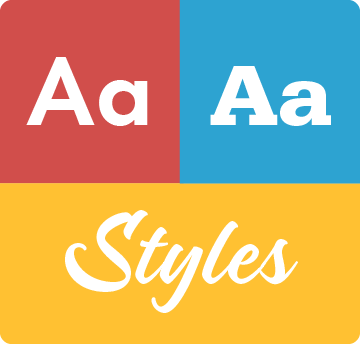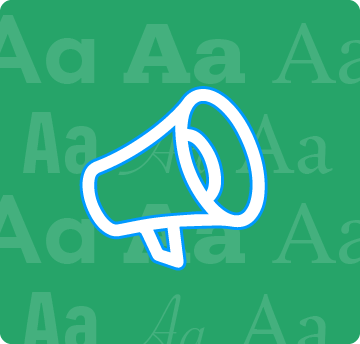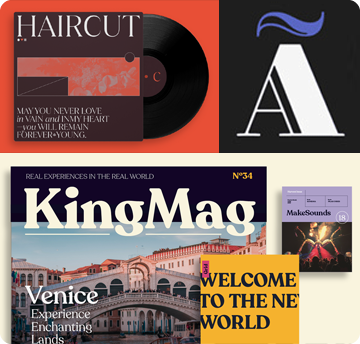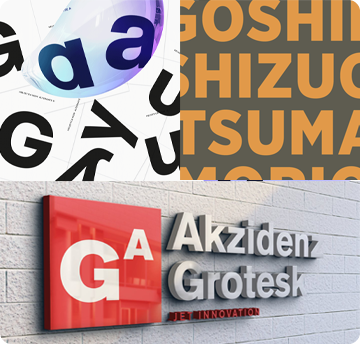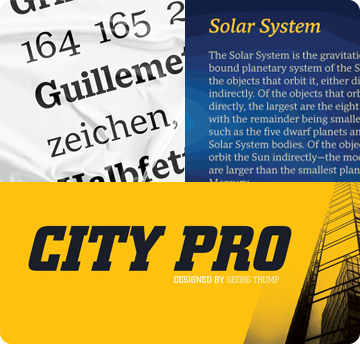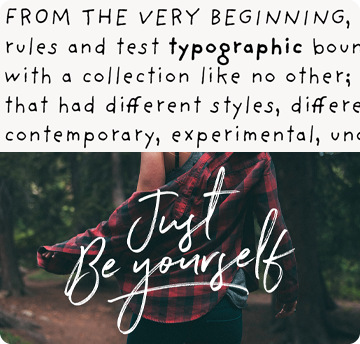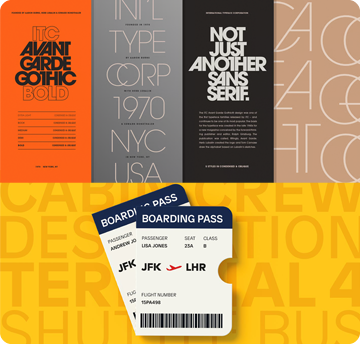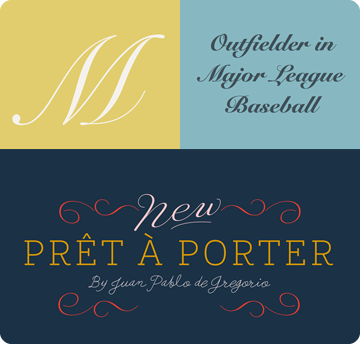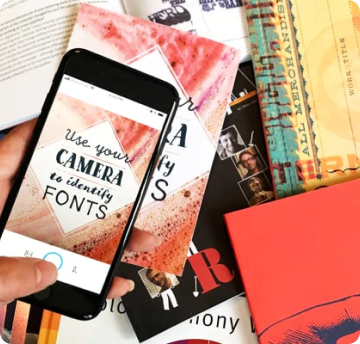Sélectionnez ce type de licence lorsque vous développez une application pour iOS, Android ou Windows Phone et que vous intégrez le fichier de fonte dans le code de votre application mobile.
Mashq™
par Arabetics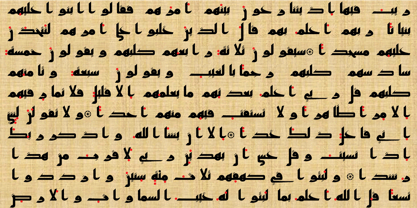
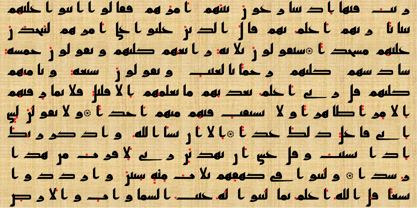
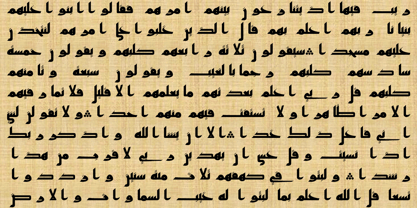
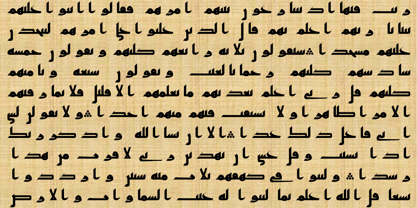
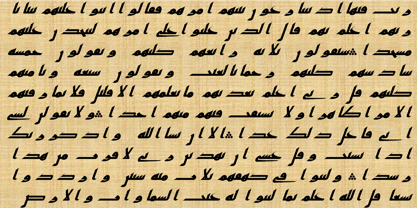
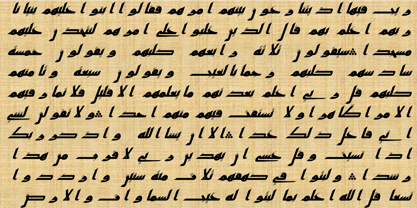
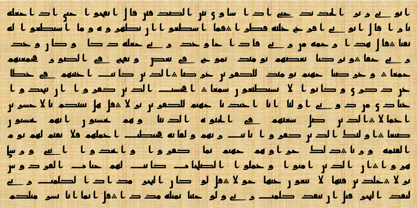
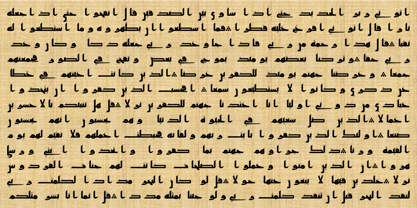
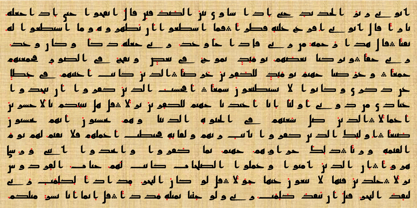
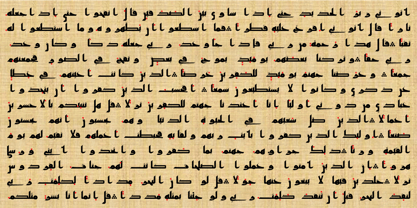
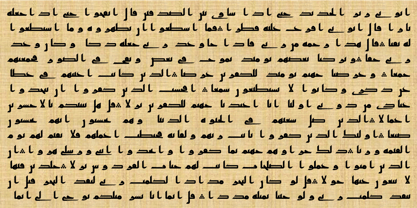
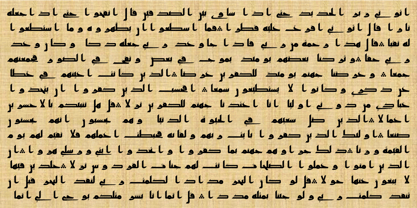
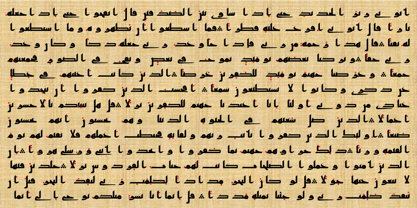
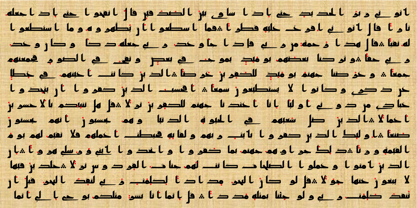
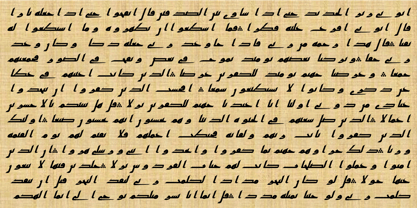
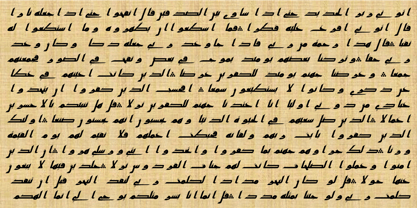
- Aa Glyphs
-
Meilleure offreOffres familiales
- Styles individuels
- Spécifications techniques
- Licences
Par style :
$24.90 USD
Paquet de 10 styles:
$249.00 USD
À propos de la famille Mashq Police
Concepteurs: Saad D. Abulhab
Éditeur: Arabetics
Fonderie: Arabetics
Maître d'ouvrage: Arabetics
MyFonts débout: Jan 3, 2017
À propos Arabetics
Operating as arabetics.com, Arabetics is New York based private foundry and consulting firm specializing in Arabic fonts and lettering design, and related Arabic typography software solutions. It is best known for producing innovative, and inspiring non-traditional simplified fonts. Arabetics prime mission is to produce quality fonts to support Arabetic scripts computing and typography needs. It was founded in 2003, by type designer Saad D. Abulhab who introduced earlier the US Utility Patent awarded Mutamathil Type Style, the underlying design template behind most of Arabetics fonts. The Mutamathil design philosophy aims at producing extended Arabic fonts that would diversify and enrich users typographic options and address the scripts challenges of literacy, education, economics, technology, global competition, as well as style and legibility. Mr. Abulhab is an IT Electrical Engineer and a librarian. His involvement in Arabic type design and computing goes back to 1992.
En savoir plus
Lire moins
- Le choix d'une sélection entraîne l'actualisation de la page entière.



